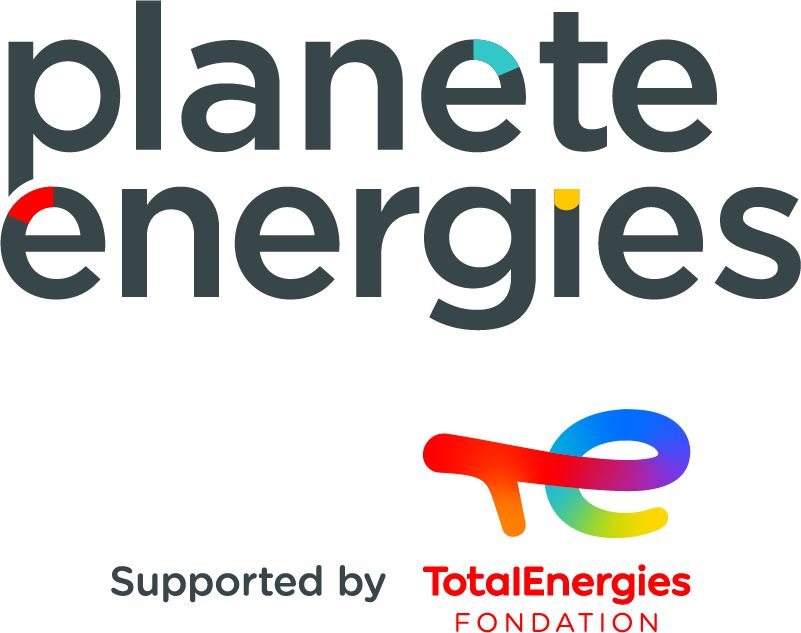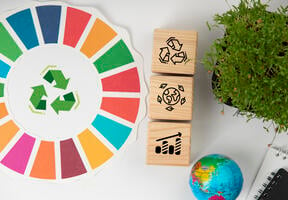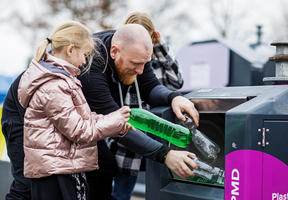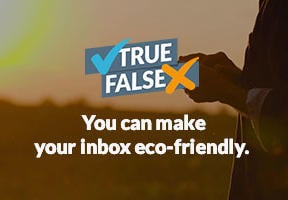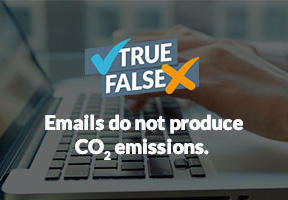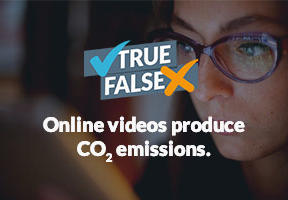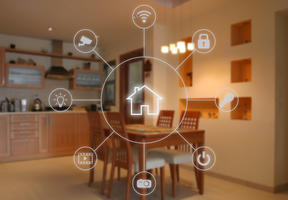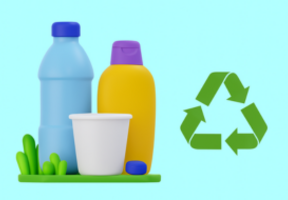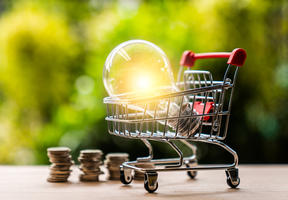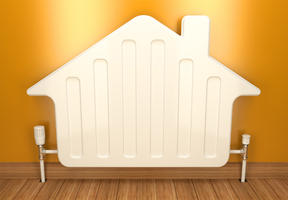What is the Circular Economy?
2 min read
A key concept for the environment and climate explained in under two minutes. The circular economy aims to organize the entire production chain, from the extraction of raw materials to , as well as product design, manufacturing and responsible consumption. It’s a sustainable model that engages entrepreneurs and consumers, and is designed to replace the linear economy, a model that is less cautious about wasting resources and energy.
What is the circular economy?
It involves producing goods and services sustainably.
Goals: Limit consumption and wastage (raw materials, water and energy), while promoting recycling and reducing trash.
What are the main steps of circular economy?
Sustainable sourcing. Using and extracting resources while limiting waste and the and encouraging the use of .
Eco-design. Considering the life cycle of a product or service from its inception, while minimizing its impact on the environment.
Industrial . For businesses operating in the same region, encouraging the exchange and pooling of resources and equipment.
Responsible consumption. Favoring product usership over ownership and Promoting reusing and repairing, rather than purchasing.
Recycling. Giving the product and material a new life.
The circular economy is a reinvention of the traditional, “linear” model.
Extraction of raw materials = Risk of
Product processing = Risk of pollution
Using products with a short life cycle = Risk of waste build-up.
Summary:
- Circular economy = Producing goods and services sustainably to limit consumption and wastage.
- 5 steps: Sustainable sourcing, eco-design, pooling of business resources, responsible consumption and recycling.
- A new sustainable economic model to replace the linear economy.
View more videos here
